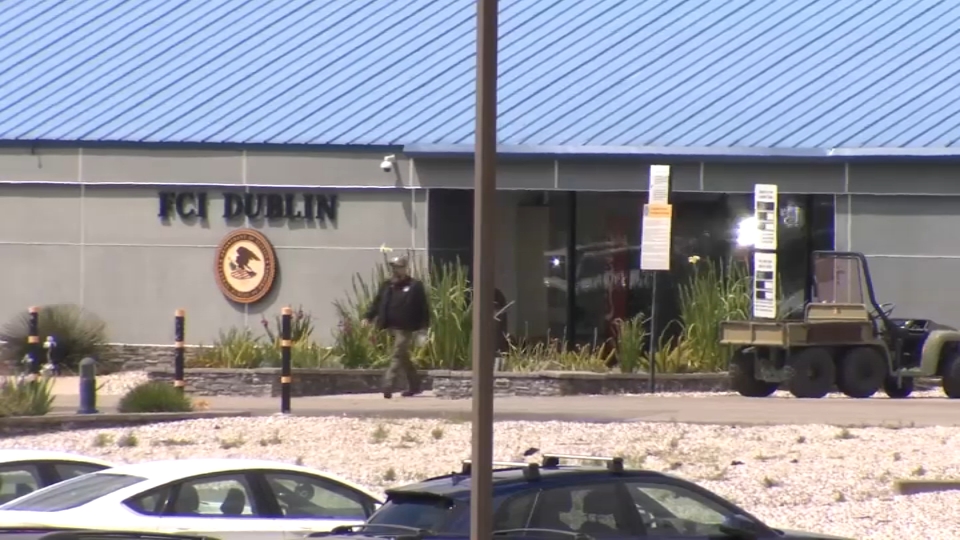As federal and state investigators take on what caused the collapse of the Skagit Bridge in Washington after an over-sized truck struck a support beam, Caltrans took action in the Bay Area.
“Any bridge in California that has clearance less than 15.5 feet we’re double checking to make sure all proper signage is in place,” said Bob Haus, a spokesperson for Caltrans. “We have a really thorough permitting process that if any truck wants to carry an oversize load, they don’t take any route that doesn’t have sufficient clearance.”
According to federal law, bridges must undergo inspections at least once every two years.
The Federal Highway Administration (FHWA) collects data from local and state agencies and then gives the bridges “sufficiency ratings” – the lower the score, the more work there needs to be done. The Skagit Bridge got a 46 out of 100 at its most recent inspection last November and was deemed “functionally obsolete.”
“[That] just means it lacks design features we now require, for instance, shoulders,” Haus explained.“Any new bridge designed today has to have shoulders on the sides. The other bridges are grandfathered in if they’re usable and structurally sound.”
The lowest status is “structurally deficient.” Even then, Haus said, the bridge isn’t considered unsafe. “It just gives u an idea of what you have to do to the bridge to keep it in operating condition.”
As far as Caltrans is concerned, all Bay Area bridges are safe. If inspectors find a crack or corrosion in the structure, deck or foundation, Haus said crews act right away.
Local
That’s what happened in the fall of 2010, when inspectors found a crack in one of the beams. Caltrans immediately shut down that section, made emergency repairs and then the final repairs came last year.
Andy Herrmann, past president of the American Society of Civil Engineers (ASCE), said the U.S. has improved when it comes to addressing aging bridges. The ASCE releases a report card every four years. This year, bridges earned a C+ which is up from a C in 2009.
“States and cities are starting to put some more money into bridges,” Herrmann told NBC Bay Area by phone Friday. California ranks third in the country when it comes to cost for repairing or replacing old bridges at 6.85 billion dollars, sitting behind New York and Pennsylvania respectively. “You have a lot of bridges and roads in California,” added Herrmann.
“You have to make investments in those bridges.” The ASCE report said the U.S. requires an additional 76 billion dollars to take care of the aging bridge infrastructures – 25-percent of which are in a deficient grade category.
Hermann said budget cuts have made funding decisions difficult, but added not spending now could be very costly later – in more ways than one.
"You can also shorten the life of a bridge if you don’t maintain it properly.”



